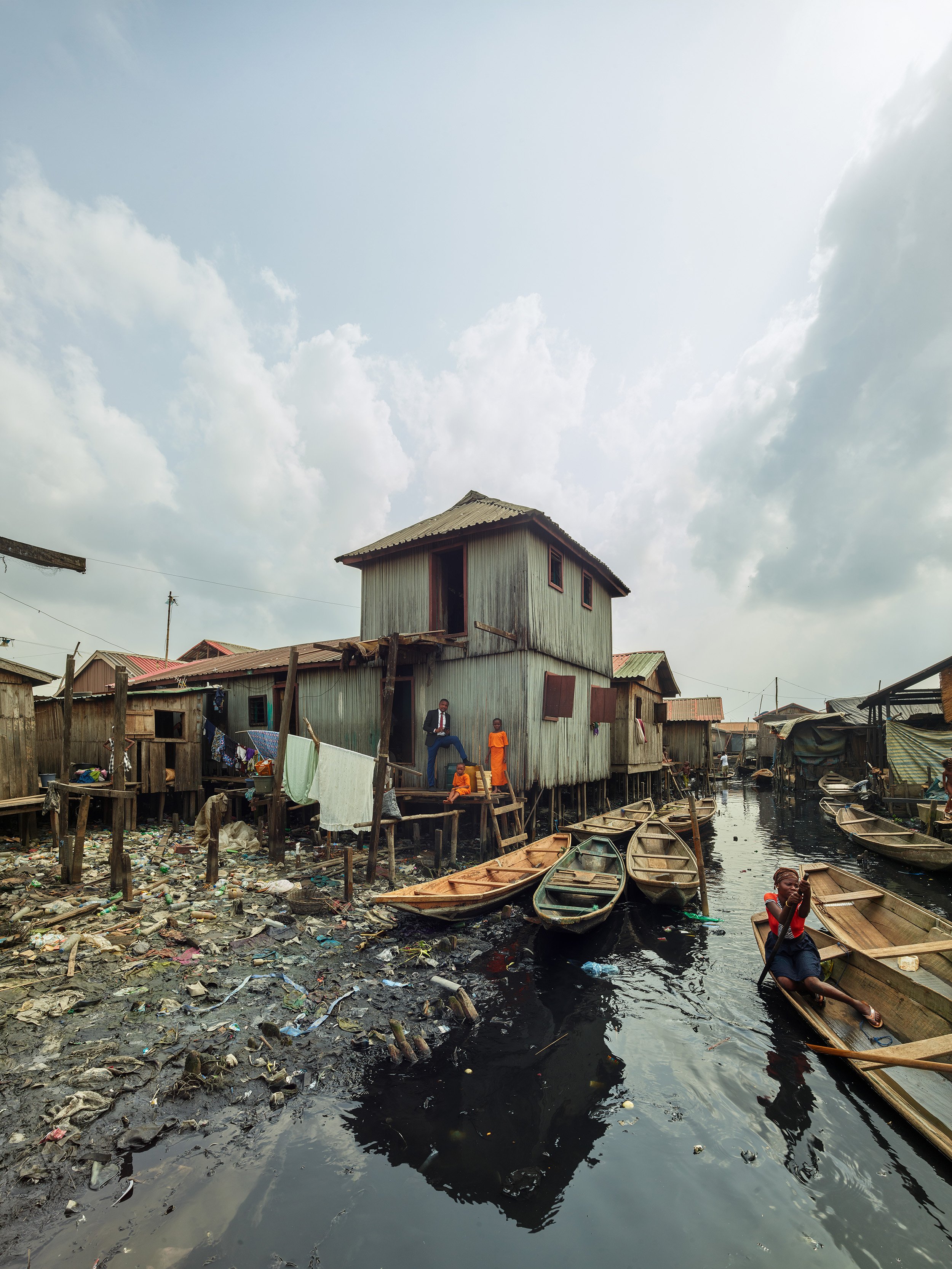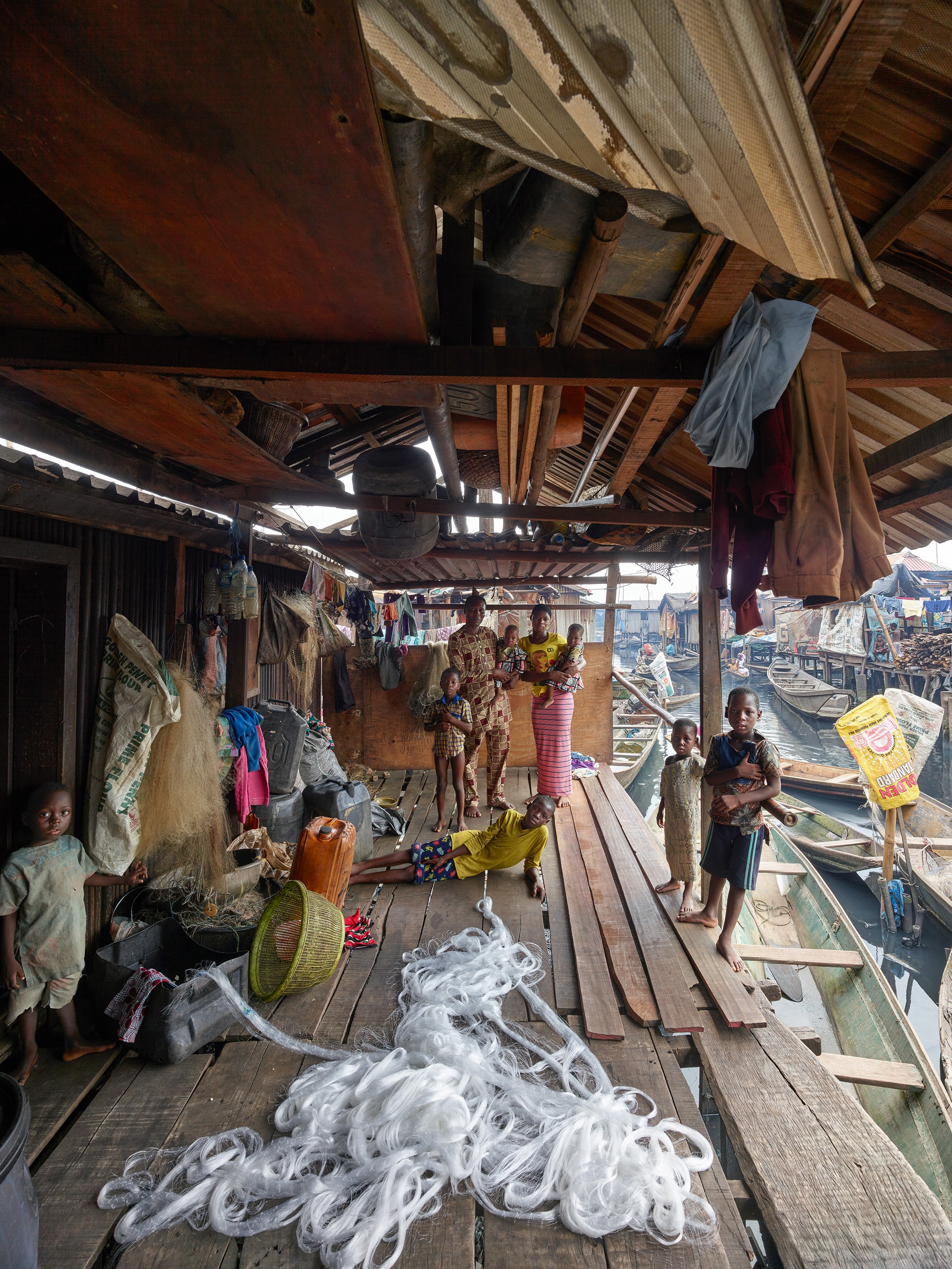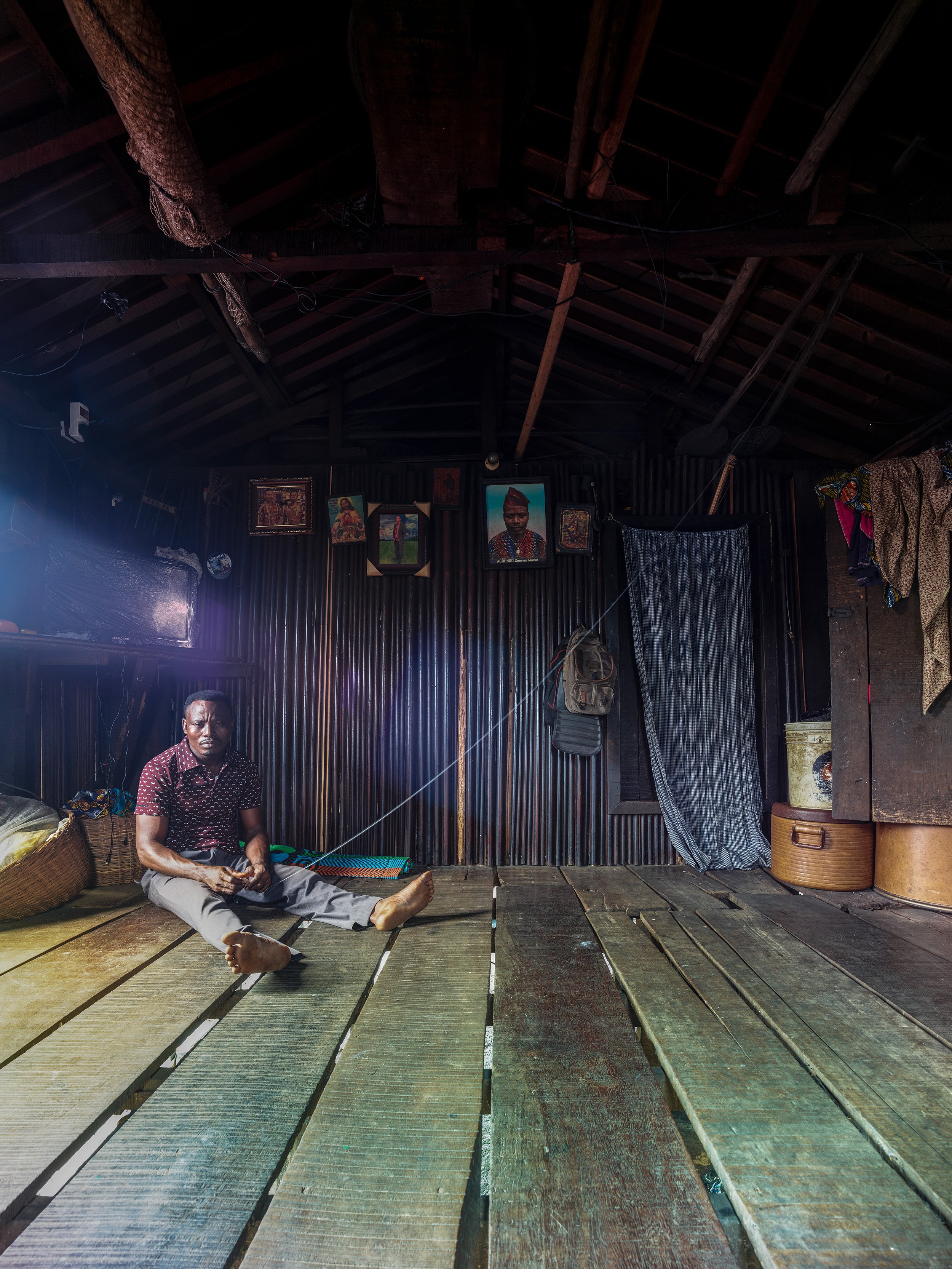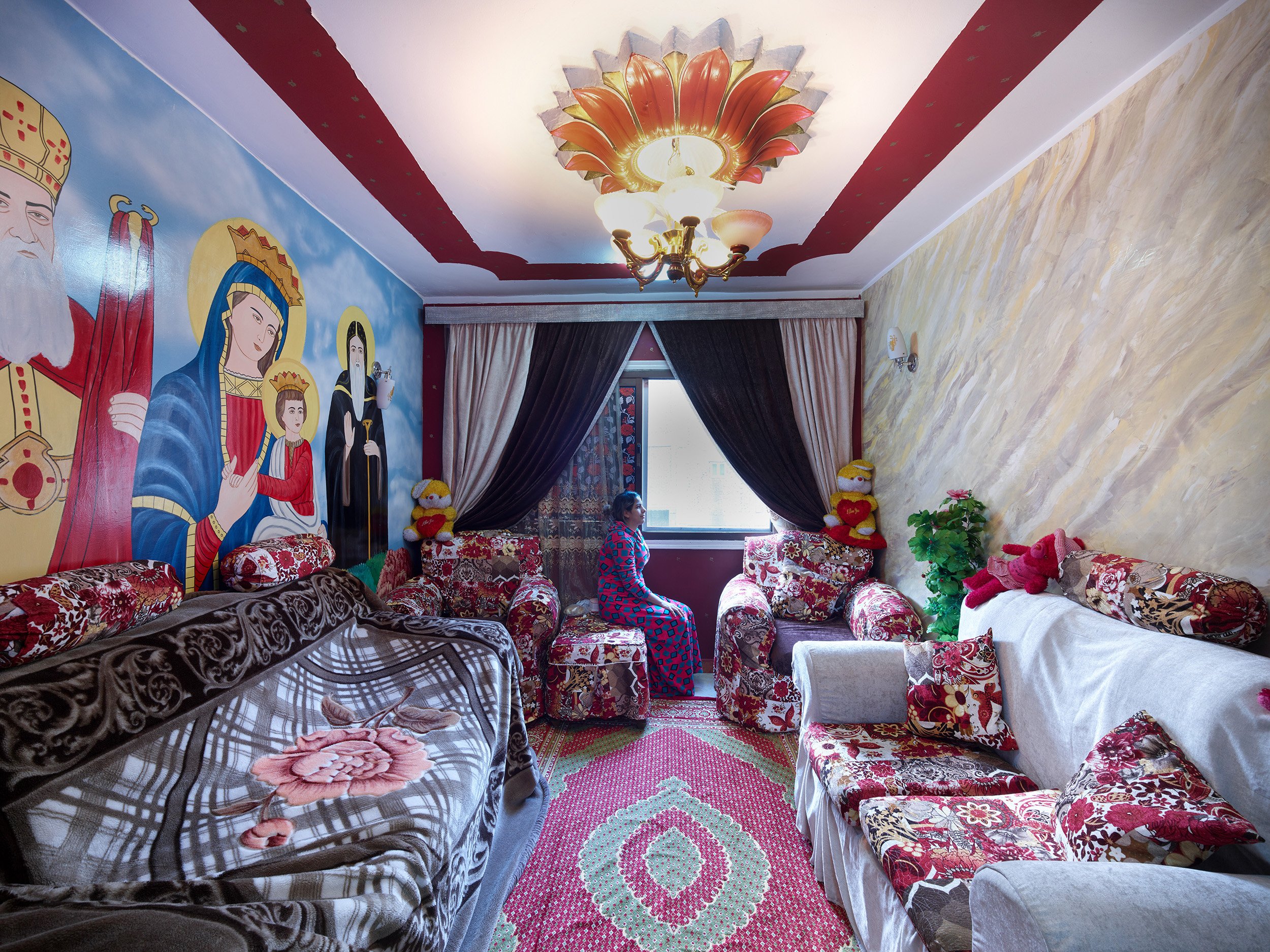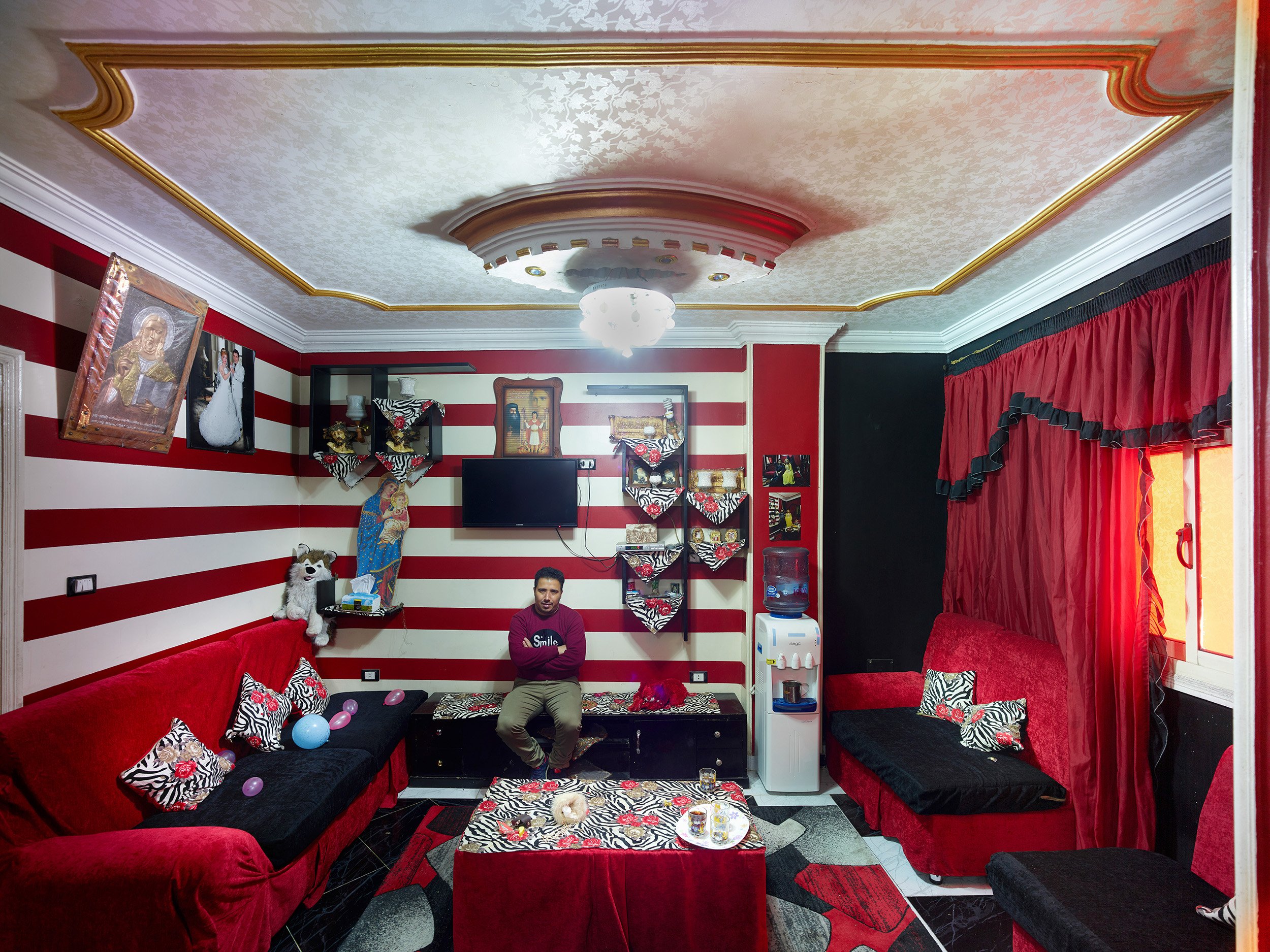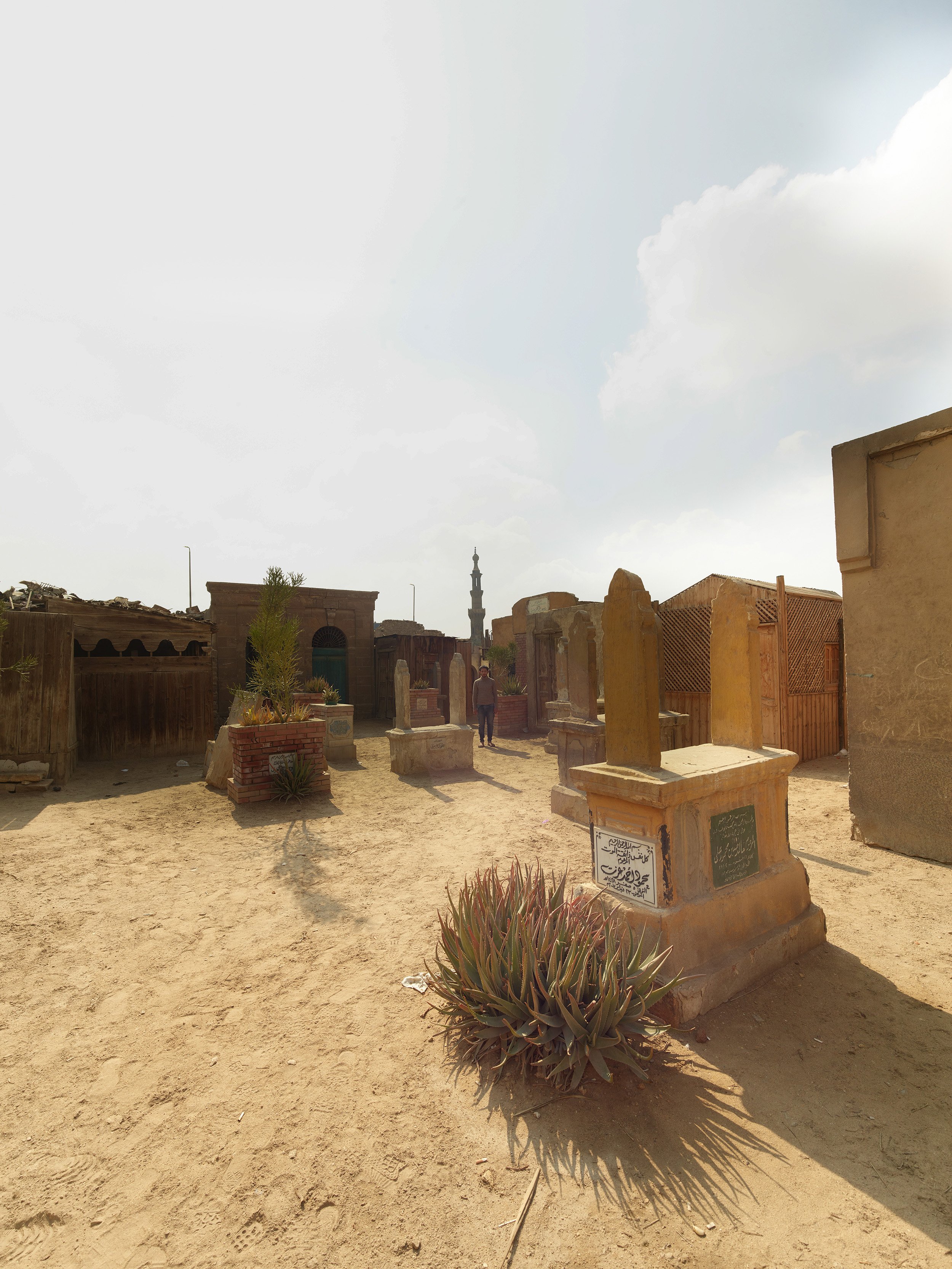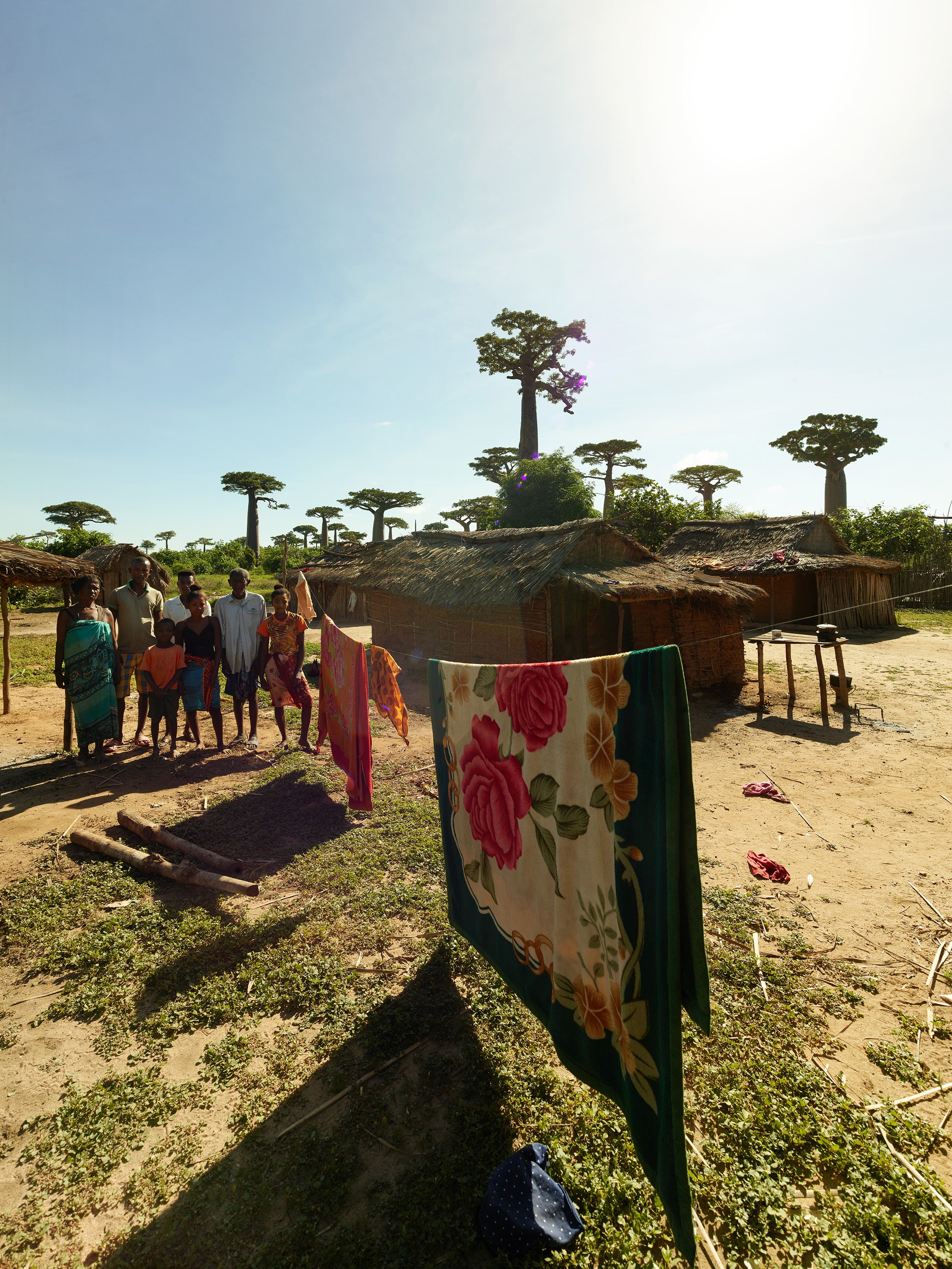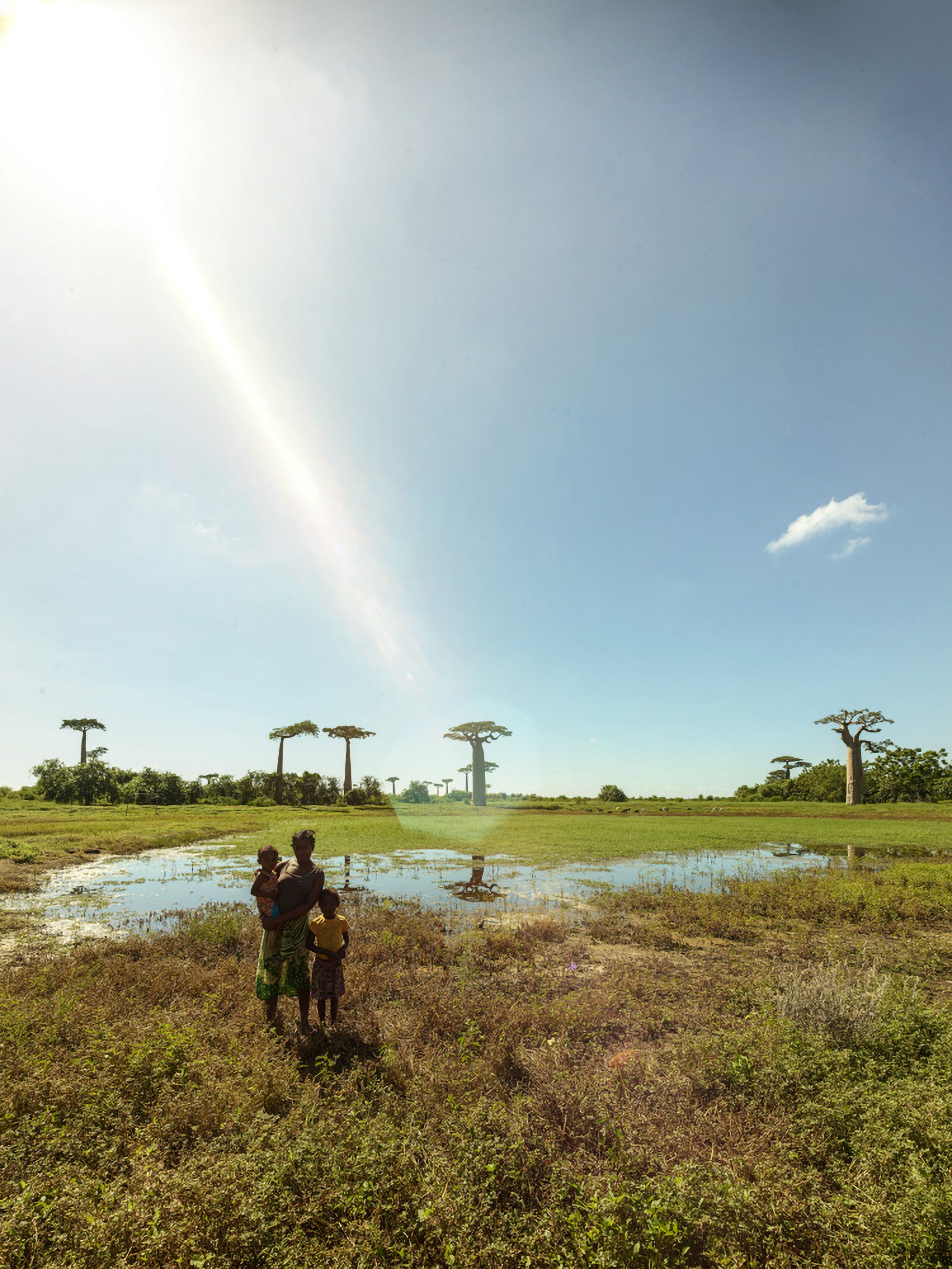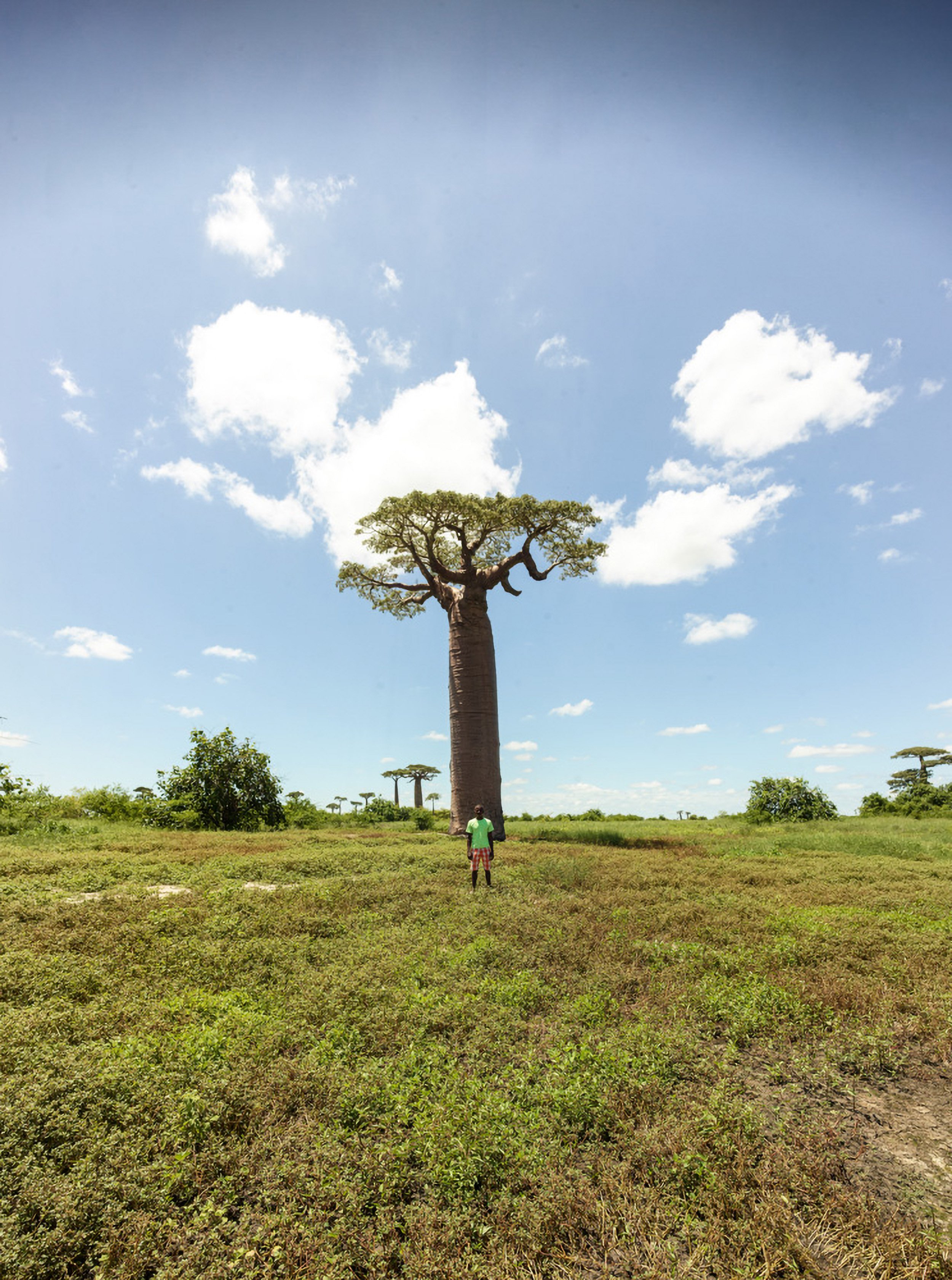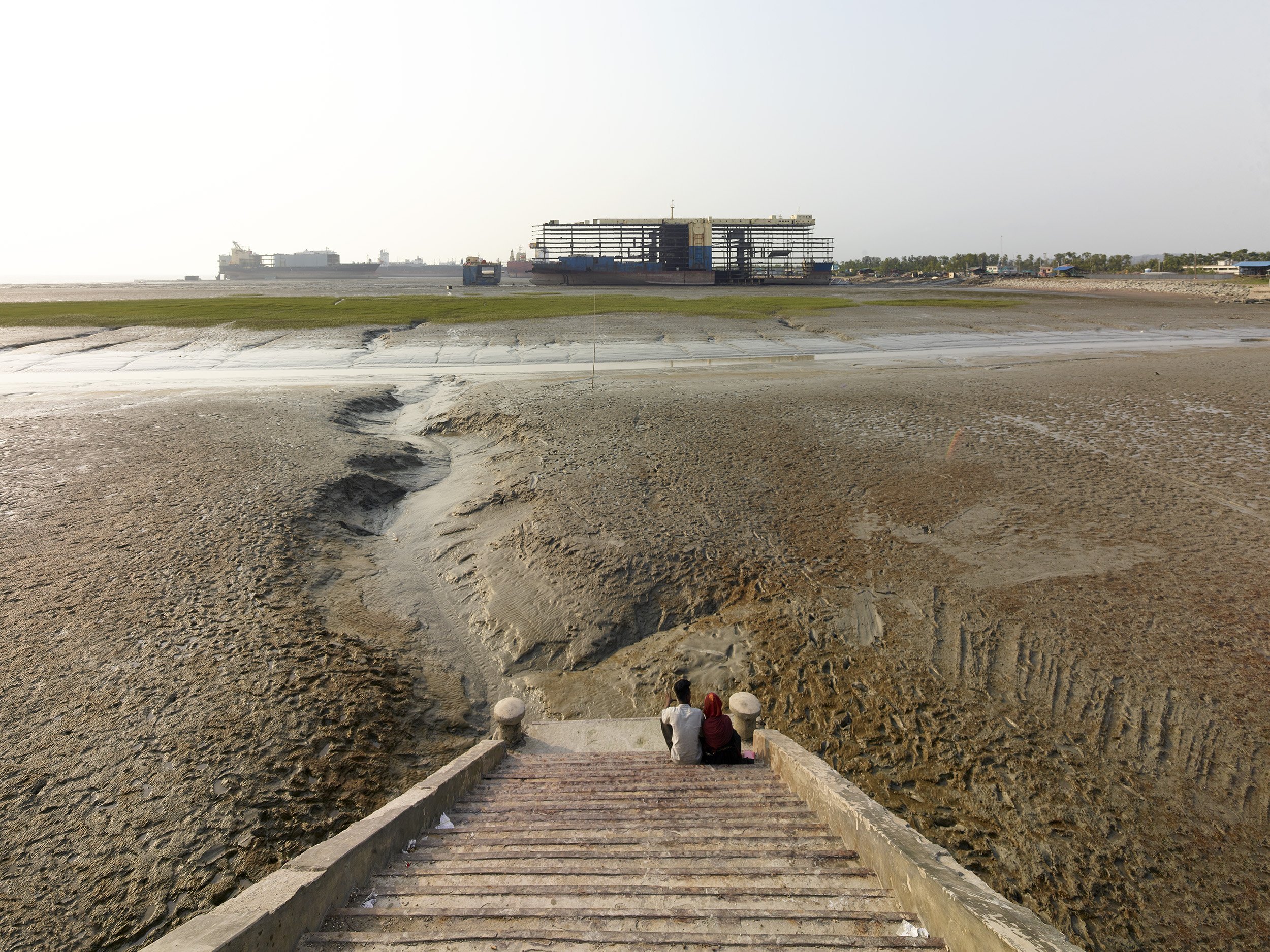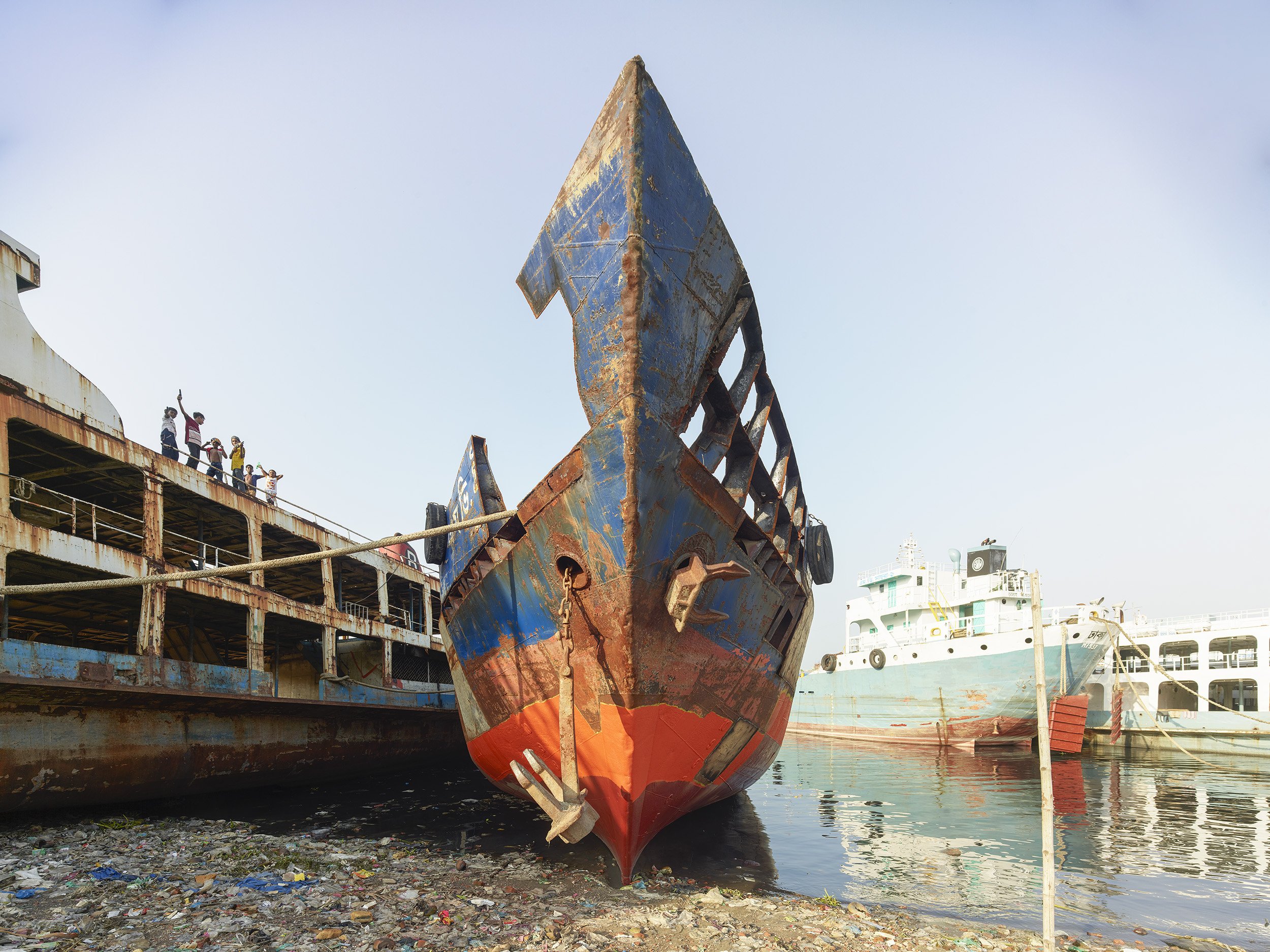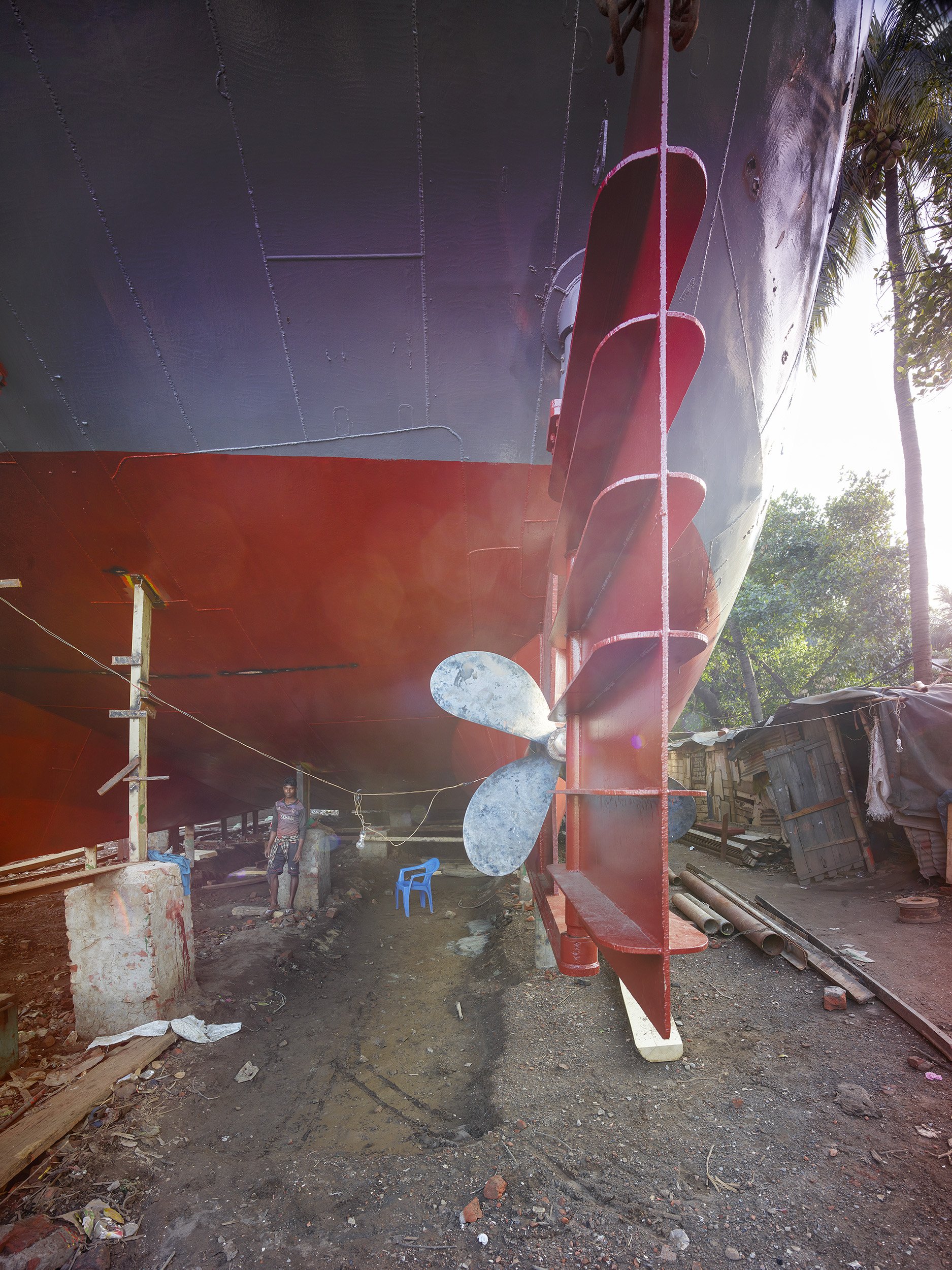Happiness. Ways of living
Un proyecto de Jordi Bernadó y Laura Ferrero.
La pregunta por la felicidad está en el epicentro del imaginario colectivo. En los más diversos contextos, la felicidad emerge como objeto de deseo y aquello que da propósito y sentido a la vida. Sin embargo, no sabemos qué se esconde tras ese objeto de deseo.
El filósofo Immanuel Kant, que situaba a la felicidad individual fuera del dominio de la ética, sostenía que “ser feliz es necesariamente el anhelo de todo ser racional pero finito, y por ello es un fundamento determinante inevitable de su facultad de desear”. Añadía, no obstante, que el concepto de felicidad era tan difuso que “aunque todo hombre desea llegar a ella, sin embargo nunca puede decir de modo determinado y acorde consigo mismo qué quiere y desea propiamente”.
Ahora, la apropiación de la felicidad por parte del discurso político y publicitario, pone de relieve la existencia de una abrumadora obligación cultural de ser felices, una obligación que genera, a su vez, un séquito de infelicidades silenciosas y, por tanto, doblemente infelices.
Este proyecto que presentamos aquí, ‘Happiness. Ways of living’ surge de la necesidad de reformular la idea de felicidad imperante, de la urgencia, ya no de volver a esa pregunta –la de si somos felices– sino de cómo encontramos la manera de serlo, que es otra forma de preguntarnos por cómo habitamos el mundo, en qué pequeñas –y grandes– cosas atisbamos aquello que los griegos llamaron eudaimonia.
Para el proyecto ‘Happiness. Ways of living ’ hemos viajado a unos lugares específicos, marcados cada uno de ellos por unas características muy singulares, para retratar y entrevistar a algunos de sus habitantes, para que de sus testimonios emerja un discurso que nos alumbre nuevas maneras de acercarnos a la felicidad.
Makoko, una barriada construida sobre el agua, en Lagos, Nigeria, que subsiste a pesar de que el gobierno ha hecho lo posible para que desaparezca. Se trata de un barrio que flota sobre el agua, construido a base de casuchas de madera y laberínticas callejuelas en el que viven más de 100.000 personas en una situación extrema. Pero ellos no quieren marcharse: han encontrado en Makoko el hogar que nadie más parece ver. Se trata de un reducto de dignidad frente a la opulencia de una ciudad que no mira a los pobres.
La ciudad de la basura, un barrio de la ciudad de El Cairo, Egipto, donde van a parar la mayoría de desechos que produce El Cairo. Sus habitantes viven casi exclusivamente de la venta de los desechos reciclados.
La ciudad de los muertos, un antiguo cementerio de El Cairo en el que muchas familias que no pueden pagar las altas rentas de otros lugares de la ciudad, conviven junto a viejas tumbas y sepulcros.
La avenida de los Baobabs, en Morondava, el epicentro del turismo de Madagascar. Se la conoce por ser la carretera más bonita del país. Su impresionante y bucólico paisaje atrae a una gran cantidad de viajeros, sin embargo, a escasos metros, los oriundos del lugar viven con miedo a la inseguridad desde que ha llegado el turismo.
Las orillas del río Buriganga, Daca, Bangladés. Ahí se realiza uno de los trabajos más peligrosos del mundo: el desguace de barcos. Los trabajadores viven en el interior de grandes buques mientras desguazan estos gigantes de acero.
A project Jordi Bernadó by Laura Ferrero.
The posed question regarding happiness lies at the heart of the collective imaginary. In the most diverse contexts, happiness emerges as an object of desire and that which grants purpose and meaning to life. Nonetheless, what is hidden behind the object of desire, remains unknown.
The philosopher Immanuel Kant, who located individual happiness outside the domain of ethics, argued that, “to be happy is necessarily the demand of every rational but finite being and therefore an unavoidable determining ground of its faculty of desire.” However, he added that happiness is such a diffuse concept that, “although every human being wishes to attain this, he can still never say determinately and consistently with himself what he really wishes and wills.”
The current advertising and political discourses highlight the existence of a seemingly overwhelming cultural obligation to be happy, an obligation that generates, simultaneously, a retinue of silent unhappiness, therefore, a condition of duplicated unhappiness.
The Project, “Happiness,” originates from the need to reformulate the idea of a prevailing happiness, of the urgency of not returning to the question –of whether we are happy– but rather examine the means by which we find happiness. It brings up a different way of framing questions surrounding dwelling, stressing how we inhabit the world and amongst which small –and large– things we can have a glimpse of that which the Greeks called eudaimonia.
With the aim to approach happiness from alternative standpoints we travelled to a variety of places, each shaped by very unique characteristics, to portray and interview some of its inhabitants. Their testimonies grant insight of the broad spectrum of ways by which happiness is apprehended.
Makoko, a slum built on stilts in Lagos, Nigeria, which persists despite the fact that the government has done everything possible to suppress it. Makoko is a floating neighborhood of wooden structures and winding streets where more than 100,000 people live in extreme poverty. In spite of this, its inhabitants do not want to leave; they have found in Makoko the home that no one else seems to see. It is a redoubt of dignity in the face of the opulence of a city that turns a blind eye on the poor.
Cairo’s Garbage City, a neighborhood in the city of Cairo, Egypt, where the majority of waste produced by Cairo goes. Its inhabitants live almost exclusively from the sale of recycled waste.
Cairo’s City of the Dead, an old cemetery in which many families who cannot afford the high rents elsewhere in the city, coexist alongside old tombs and crypts.
The Avenue of the Baobabs, in Morondava, Madagascar, a touristic epicenter. It is known for being the most beautiful road in the country. Its bucolic landscape attracts a high number of travelers, although a few meters away, the native people live in angst due to the high level of insecurity since the emergence of tourism.
The banks of the Buriganga River in Dhaka, Bangladesh. One of the most dangerous jobs in the world takes place here: shipbreaking. Workers live inside large ships while scrapping these steel giants.

